Are these spammy replies from accounts with cat avatars some mysterious form of feline communication? Nope, it's another botnet, and the cats are fake (GAN-generated, similar to those produced by thiscatdoesnotexist.com).
cc: @ZellaQuixote
cc: @ZellaQuixote

The reply spammers with the GAN-generated cat pics follow a bunch of other accounts with GAN-generated cat avatars, as well as GAN-generated human face pics and anime pics (and some other things), all with similar follow stats and all created in April 2021. 



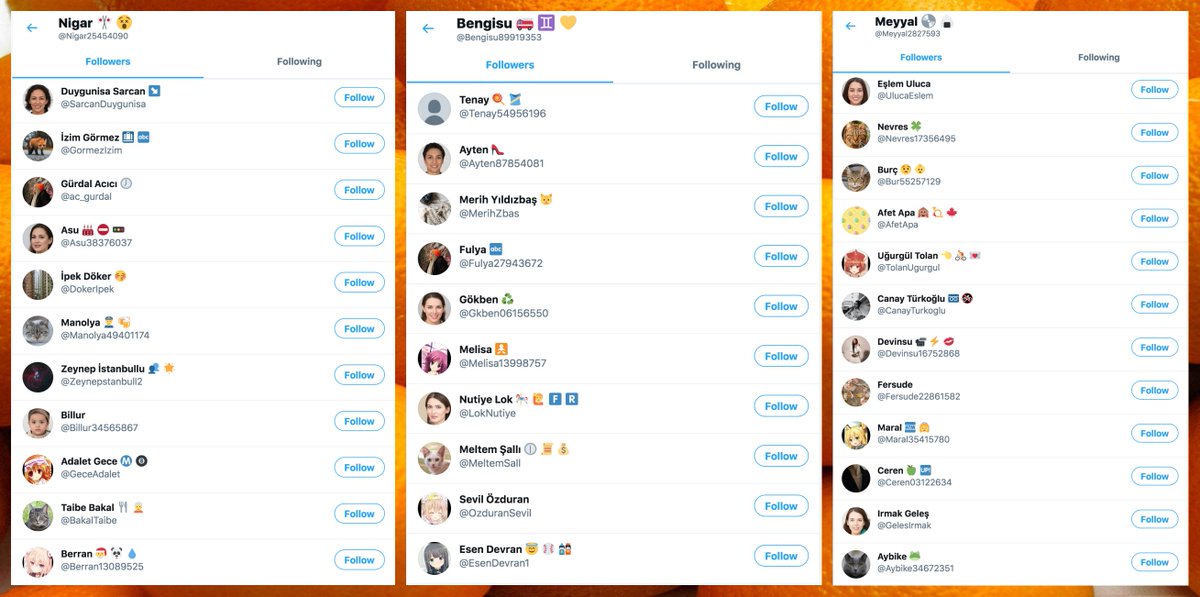
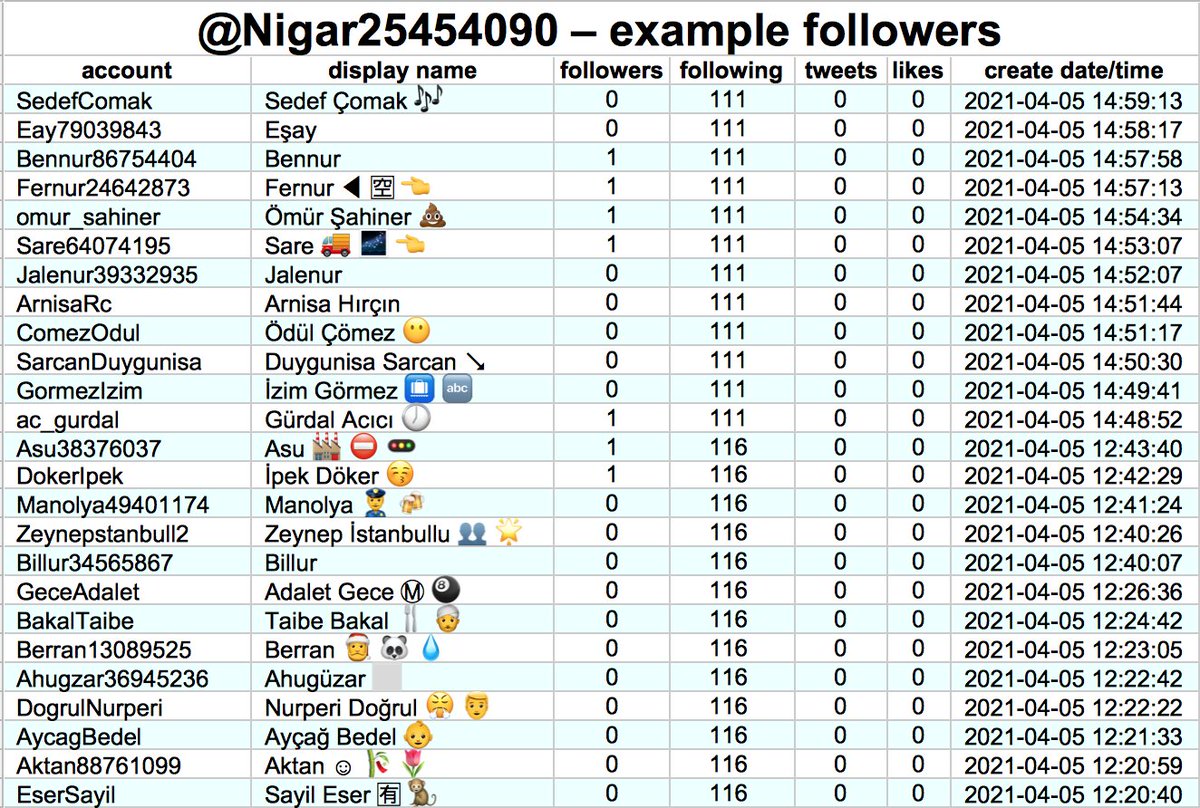
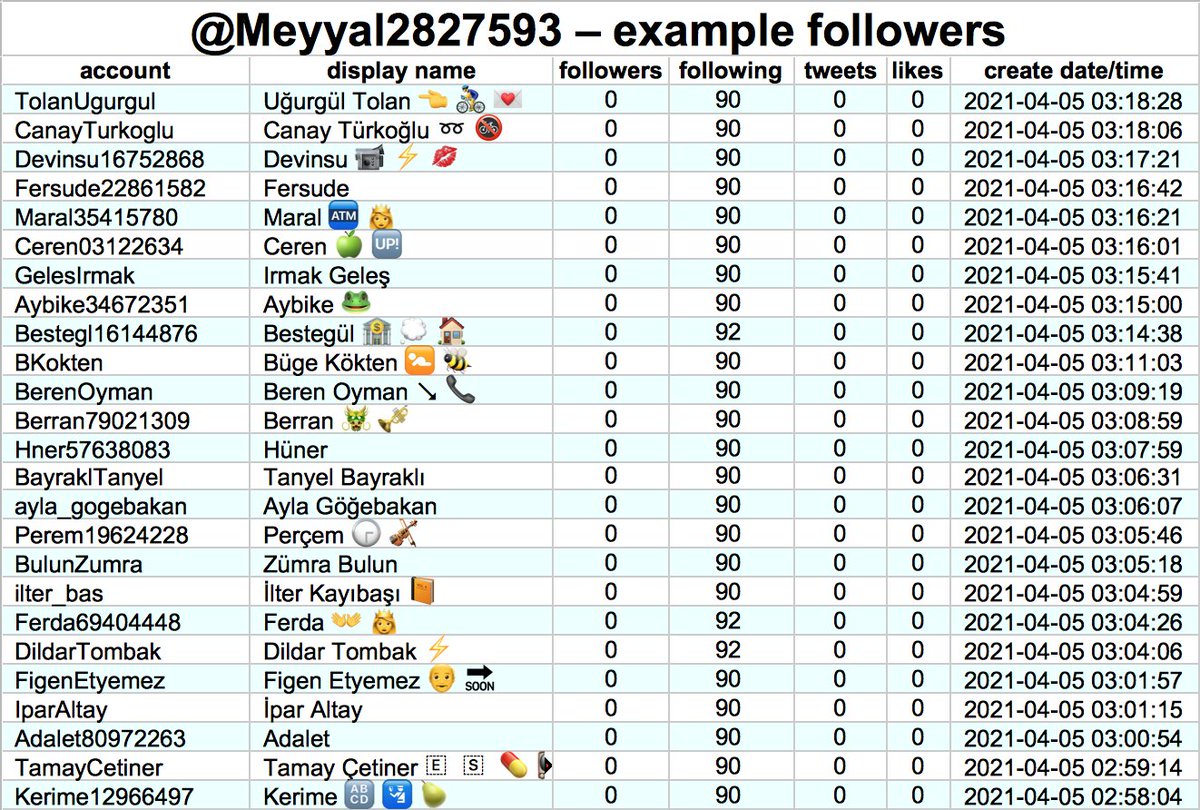
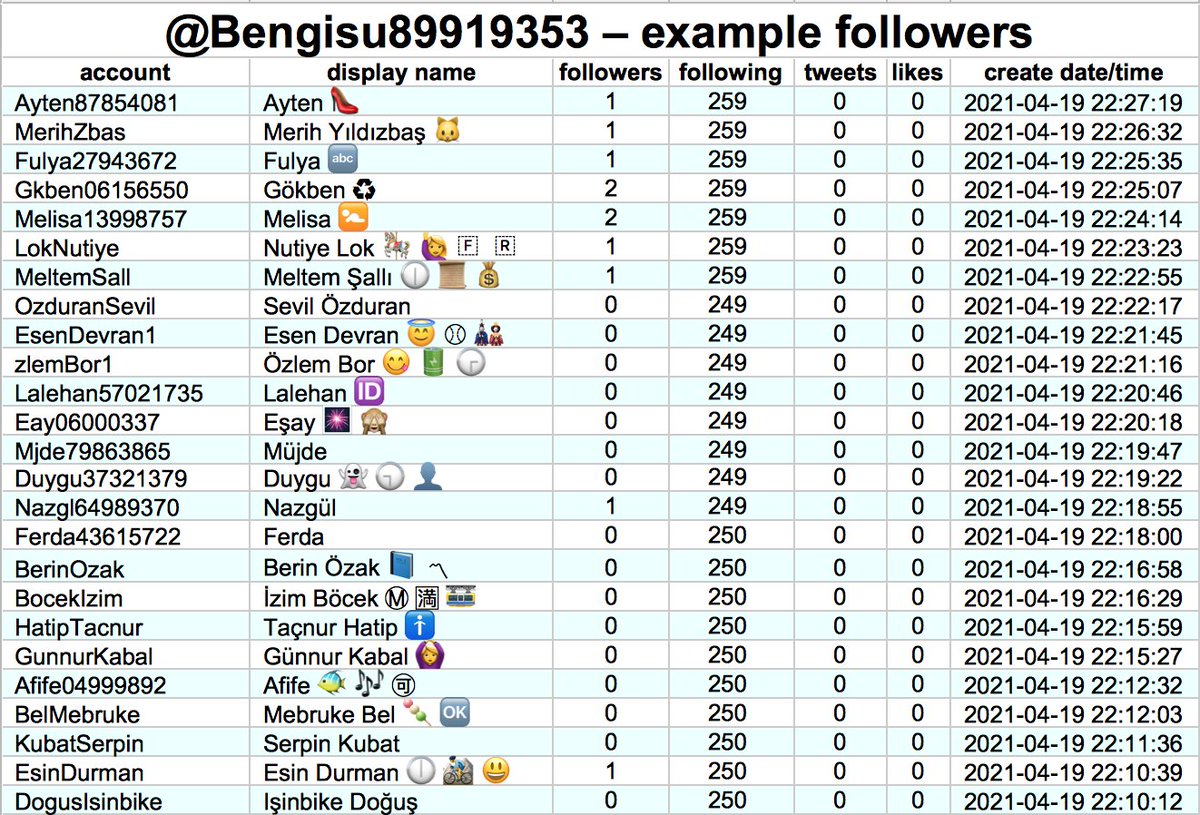
By recursively exploring the follow relationships of the initial group of accounts, we found 5007 accounts that we believe to be part of the botnet, created in batches between April 2nd and April 27th, 2021. 
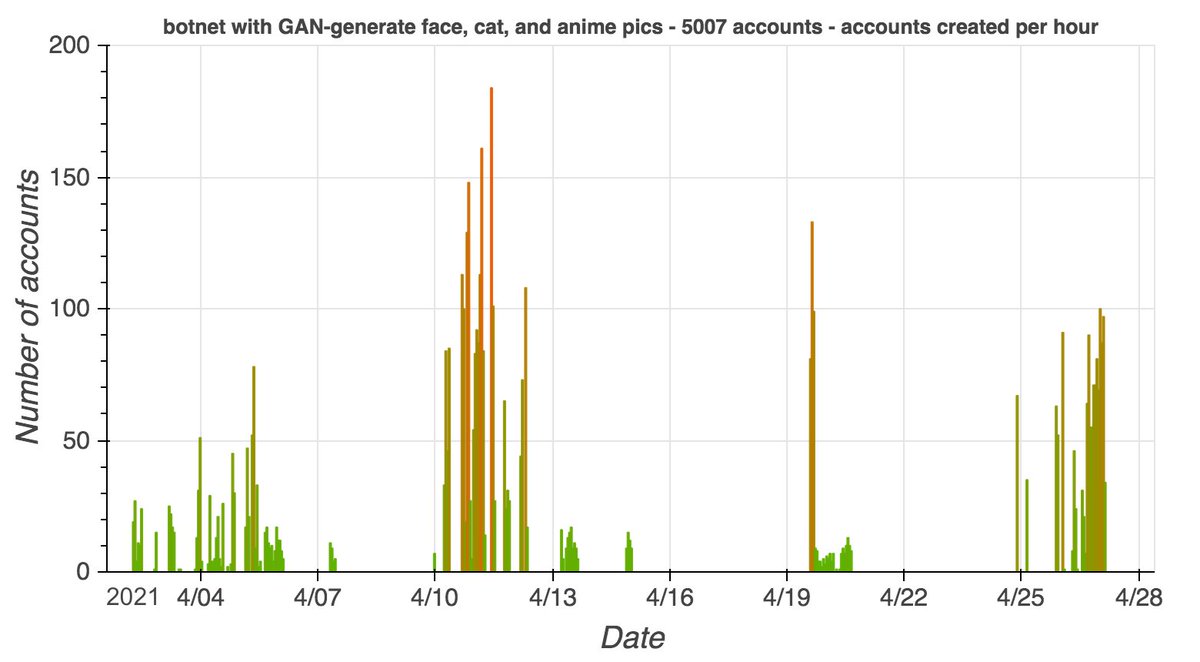
To date, only 1226 of the 5007 accounts in this network have tweeted. Almost all tweets are repetitive replies consisting of nonsensical strings of letters. They mostly reply to porn accounts (porn is also what they retweet on the rare occasions that they retweet something). 



This network uses 3 different types of GAN-generated profile pic (GAN = "generative adversarial network, the AI technology used to produce the images):
• 681 human faces (thispersondoesnotexist.com)
• 660 cats (thiscatdoesnotexist.com)
• 656 anime pics (thiswaifudoesnotexist.com)


• 681 human faces (thispersondoesnotexist.com)
• 660 cats (thiscatdoesnotexist.com)
• 656 anime pics (thiswaifudoesnotexist.com)
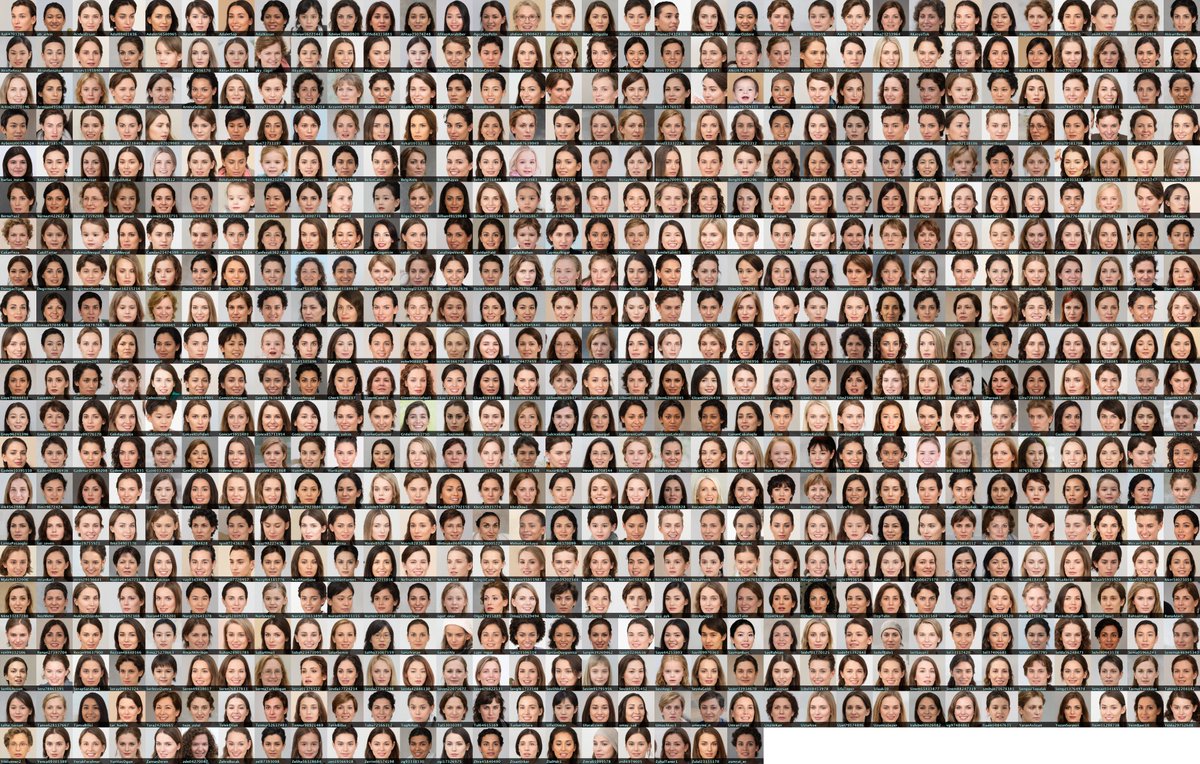
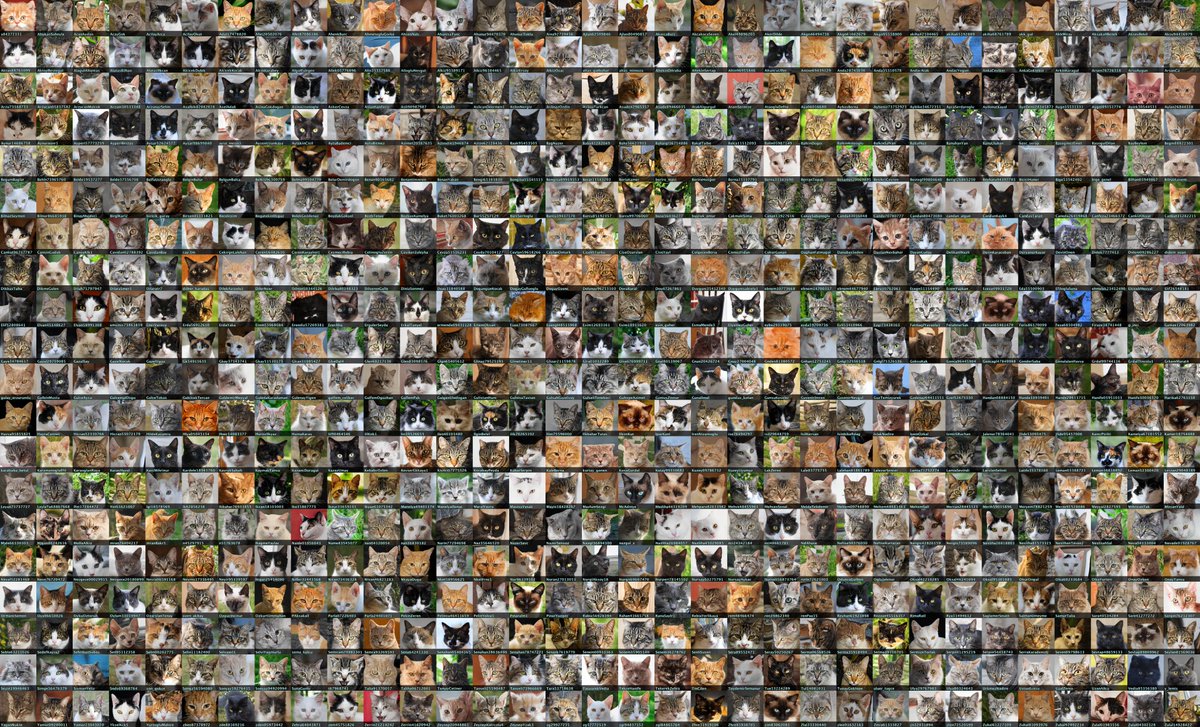
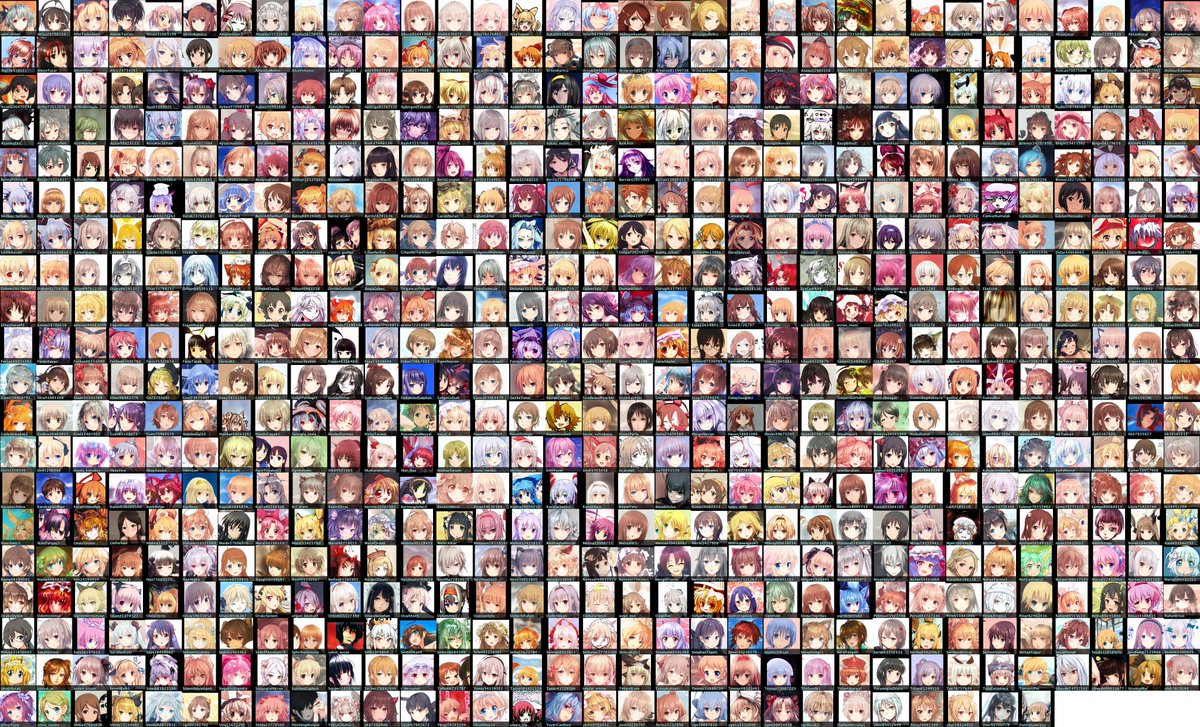
543 of the accounts in the network use the default profile pic. The remaining 2467 of the accounts use a variety of images, most of which are repeated across multiple accounts (the collage shows some examples). 
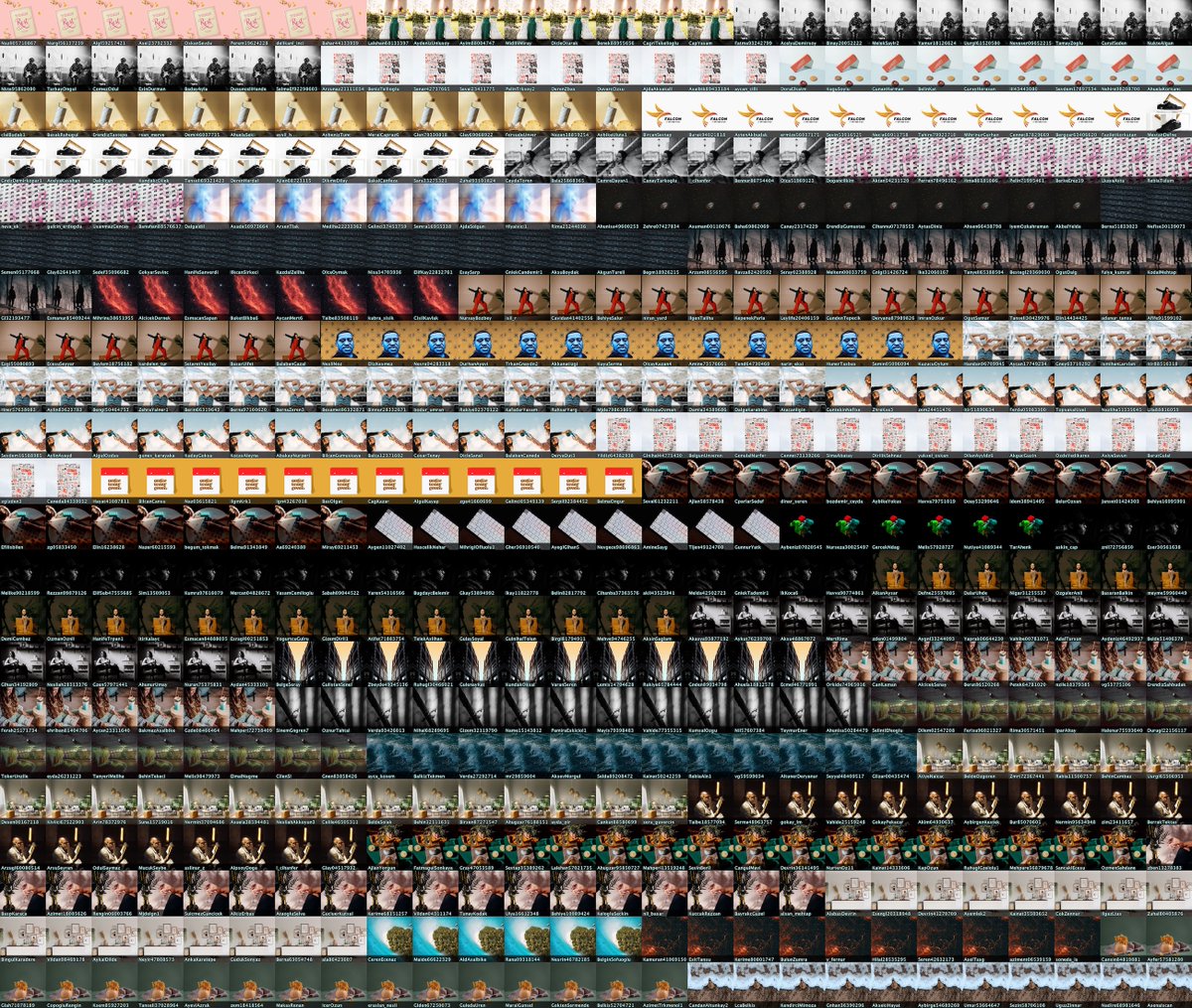
The GAN-generated human face pics have the telltale trait that the major facial feature (particularly the eyes) are in the same pixel position on each image. This becomes apparent when one blends all the images together, as in this video:
For more information on detecting the various types of GAN-generated pics, here is a trio of threads:
• faces
• cats
• anime
• faces
https://twitter.com/conspirator0/status/1265499678713536516
• cats
https://twitter.com/conspirator0/status/1381006494901096449
• anime
https://twitter.com/conspirator0/status/1320226536566542338
Finally, we suspect that this is at least the third incarnation we've seen of this particular botnet. Analyses of the previous two:
https://twitter.com/conspirator0/status/1360843602683973633
https://twitter.com/conspirator0/status/1375313401208045572
Typo in one o the tweets in this thread (missing quote mark) - first sentence should read:
This network uses 3 different types of GAN-generated profile pic (GAN = "generative adversarial network", the AI technology used to produce the images):
This network uses 3 different types of GAN-generated profile pic (GAN = "generative adversarial network", the AI technology used to produce the images):
https://twitter.com/conspirator0/status/1387607130719588356
• • •
Missing some Tweet in this thread? You can try to
force a refresh































